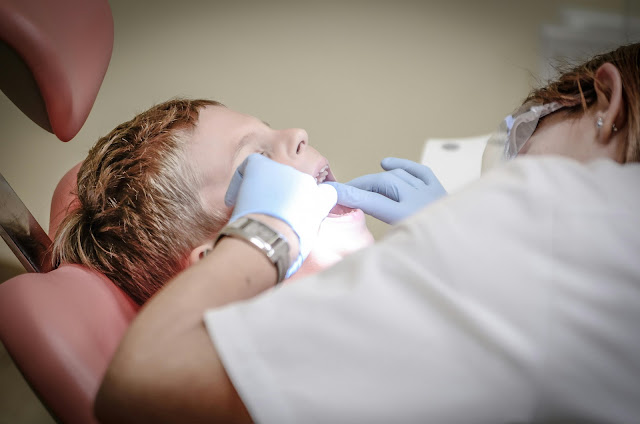Teeth and bones are often lumped together in casual conversation, given their shared hardness and composition. However, a closer examination reveals that teeth and bones are distinct structures with unique characteristics. This article aims to explore the differences between teeth and bones, shedding light on their composition, functions, and roles within the human body.
Composition:
While both teeth and bones are composed of minerals, the specific types and arrangements vary significantly. Bones consist mainly of collagen, a protein that provides flexibility and resilience, and hydroxyapatite, a mineral that contributes to their hardness. Teeth, on the other hand, are primarily composed of dentin, a calcified tissue similar to bone, and enamel, the hardest substance in the human body. Enamel is unique to teeth and is not found in bones.
Structure:
Bones are living tissues that undergo a dynamic process of remodeling, with cells constantly breaking down and rebuilding bone tissue. This process is crucial for maintaining bone strength and adapting to changes in the body. Teeth, in contrast, lack the ability to regenerate or repair themselves. Once damaged, teeth cannot undergo the same remodeling process as bones, making dental care and maintenance essential for their longevity.
Function:
Bones serve a multitude of functions, including providing structural support, protecting vital organs, and serving as a reservoir for minerals like calcium and phosphorus. Teeth, on the other hand, play a crucial role in the digestive process. They aid in breaking down food into smaller, digestible particles, initiating the chemical process of digestion. The distinct functions of bones and teeth highlight their specialized roles within the body.
Development:
The development of teeth and bones also differs significantly. Bones form through a process called ossification, where cartilage gradually transforms into bone tissue. This process occurs primarily during fetal development and continues throughout childhood and adolescence. Teeth, however, go through a process called odontogenesis, which begins during embryonic development and continues into early adulthood as different types of teeth erupt in the oral cavity.
In summary, while teeth and bones share some commonalities, they are distinct structures with unique compositions, structures, functions, and development processes. Understanding these differences is crucial for maintaining proper oral and skeletal health. Both dental and bone health are integral to overall well-being, and individuals should prioritize proper care and hygiene practices to ensure the longevity and functionality of these essential components of the human body.

